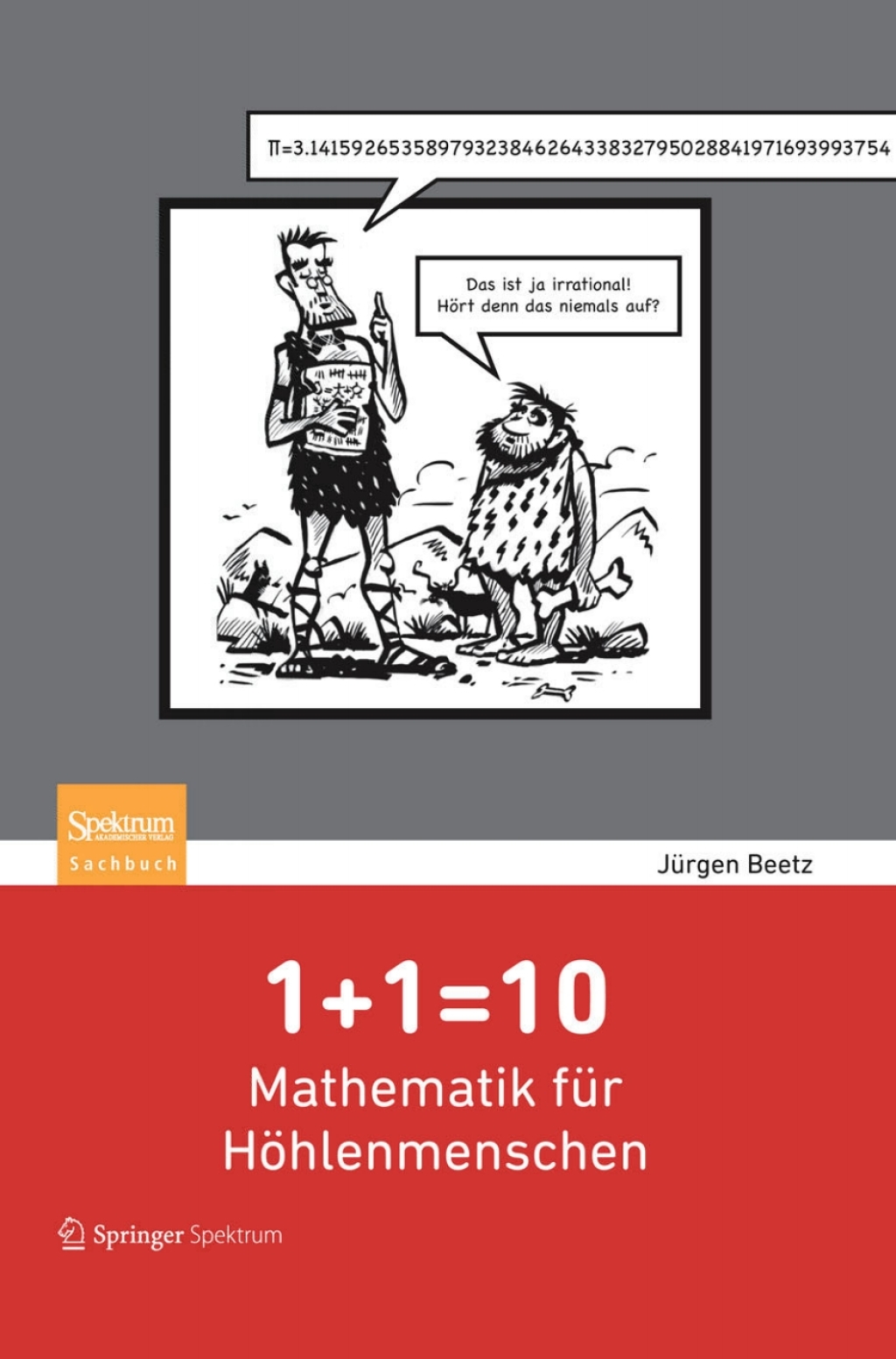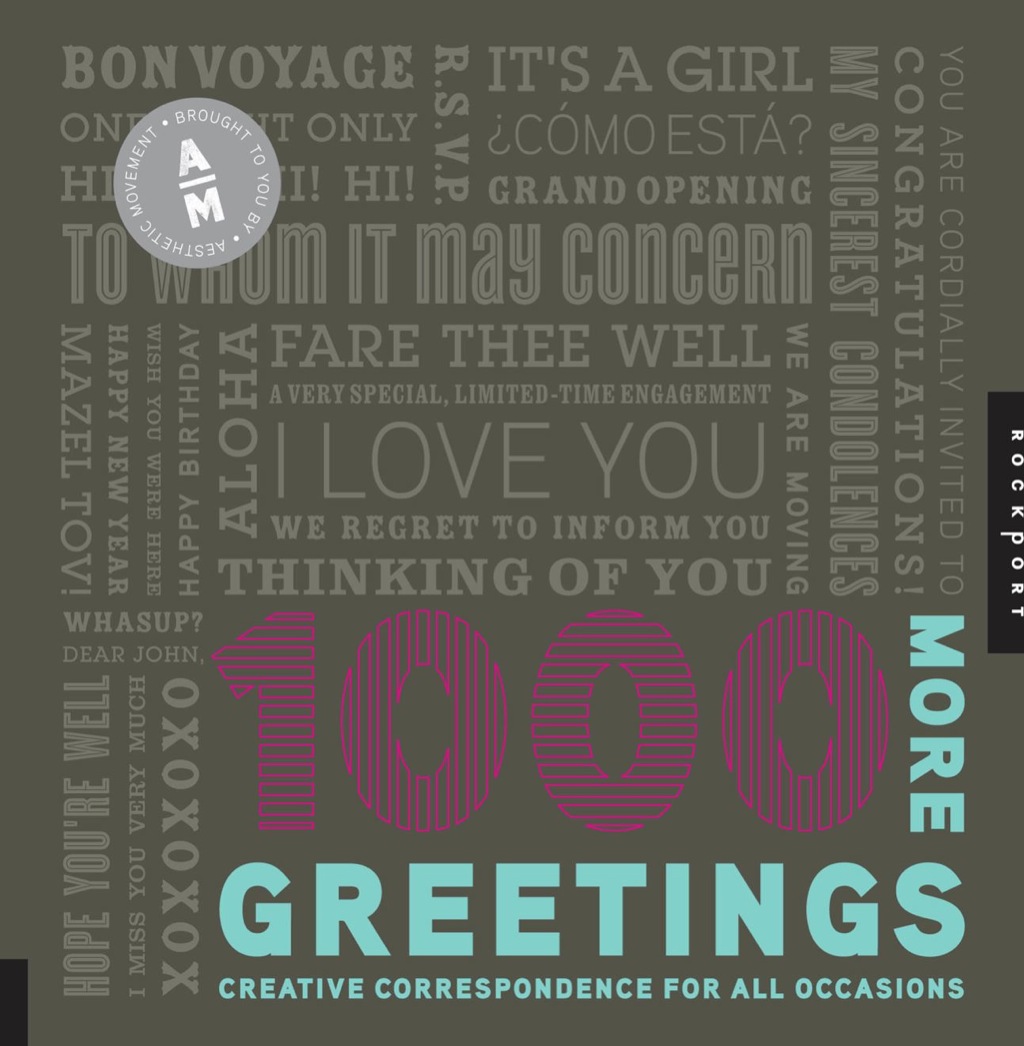Description
This book tells the story of the growth of picturegoing as a popular habit between 1800 and 1914. Encouraged by urbanisation and changes in transportation, education, and leisure patterns, the regular and widespread provision of exhibitions and shows became a defining characteristic of cultural life. Painted panoramas and dioramas awed with enormous tableaux; the stereoscope immersed viewers in a 3D world; the many varieties of peepshow promised a marvellously garish experience of patriotic battles, gruesome murders, and far-off places. If that was not enough, the ever-versatile magic lantern projected hundreds of thousands of slides of every imaginable subject, from travelogues and temperance tales to illustrated hymns and adaptations of popular fiction. Then, after 1896, audiences experienced the cinematograph, and were able to enjoy film at the many fixed venue cinemas that emerged from around 1908.
Moving and projected images were displayed not only in town halls, theatres, and other large exhibition spaces, but also in workhouses, schools, churches, empty shops, and fairgrounds. Picturegoing, in all its variety, became a national pastime, integrating itself more and more pervasively into the structures of everyday life as the nineteenth and early twentieth centuries progressed. Drawing on a wealth of new evidence, this book details the shows that were on offer, where and what they were, the networks and infrastructure they existed within, and, above all, how their audiences experienced them.










